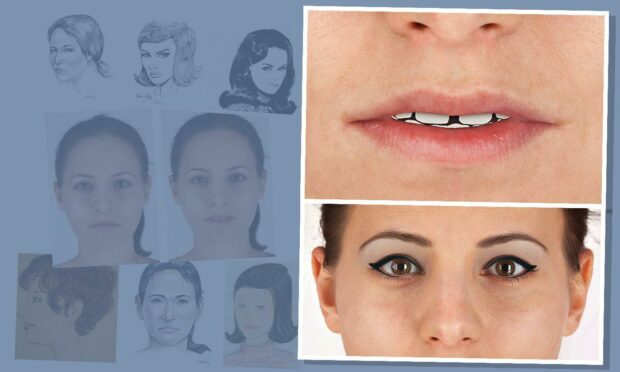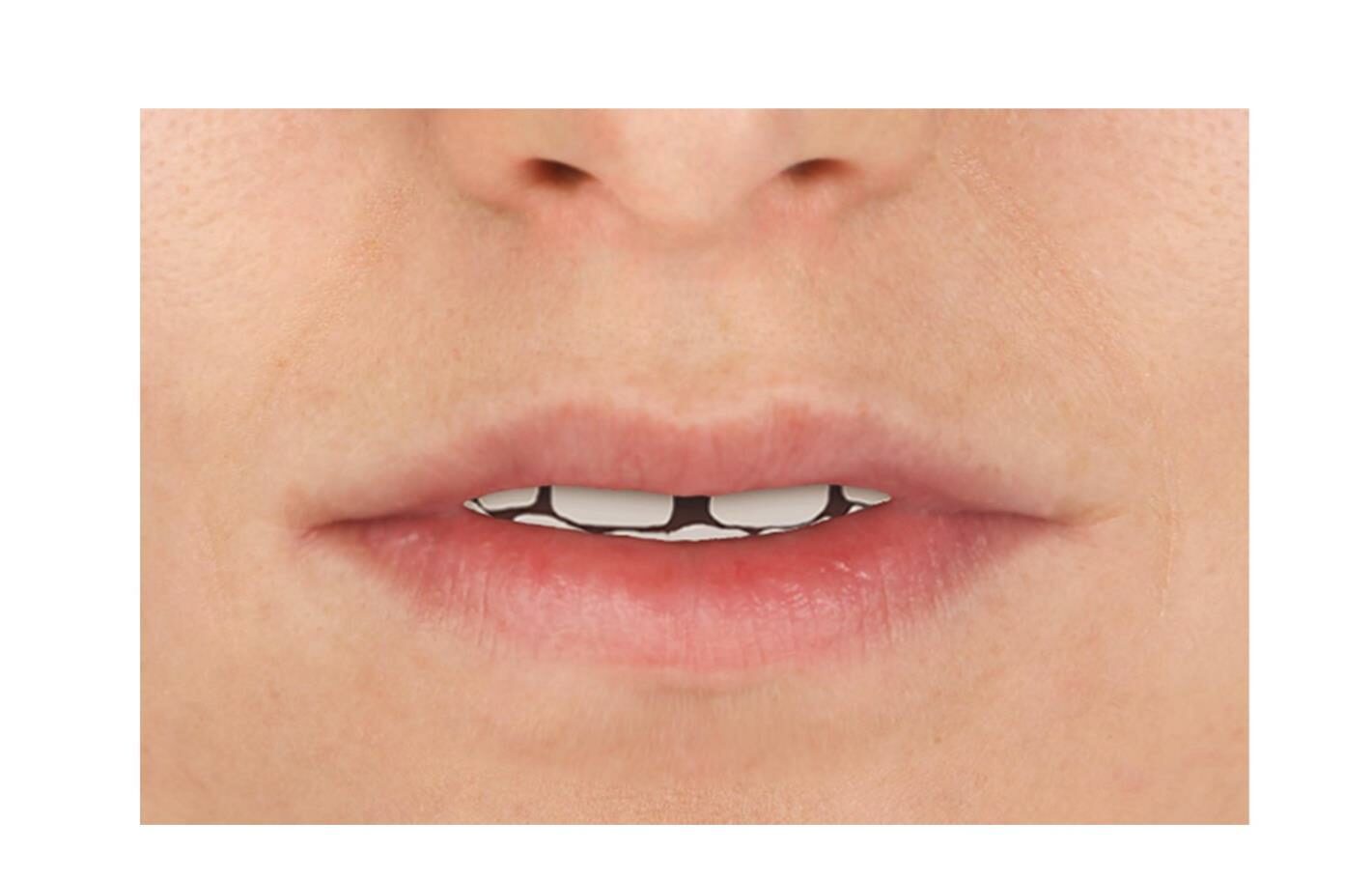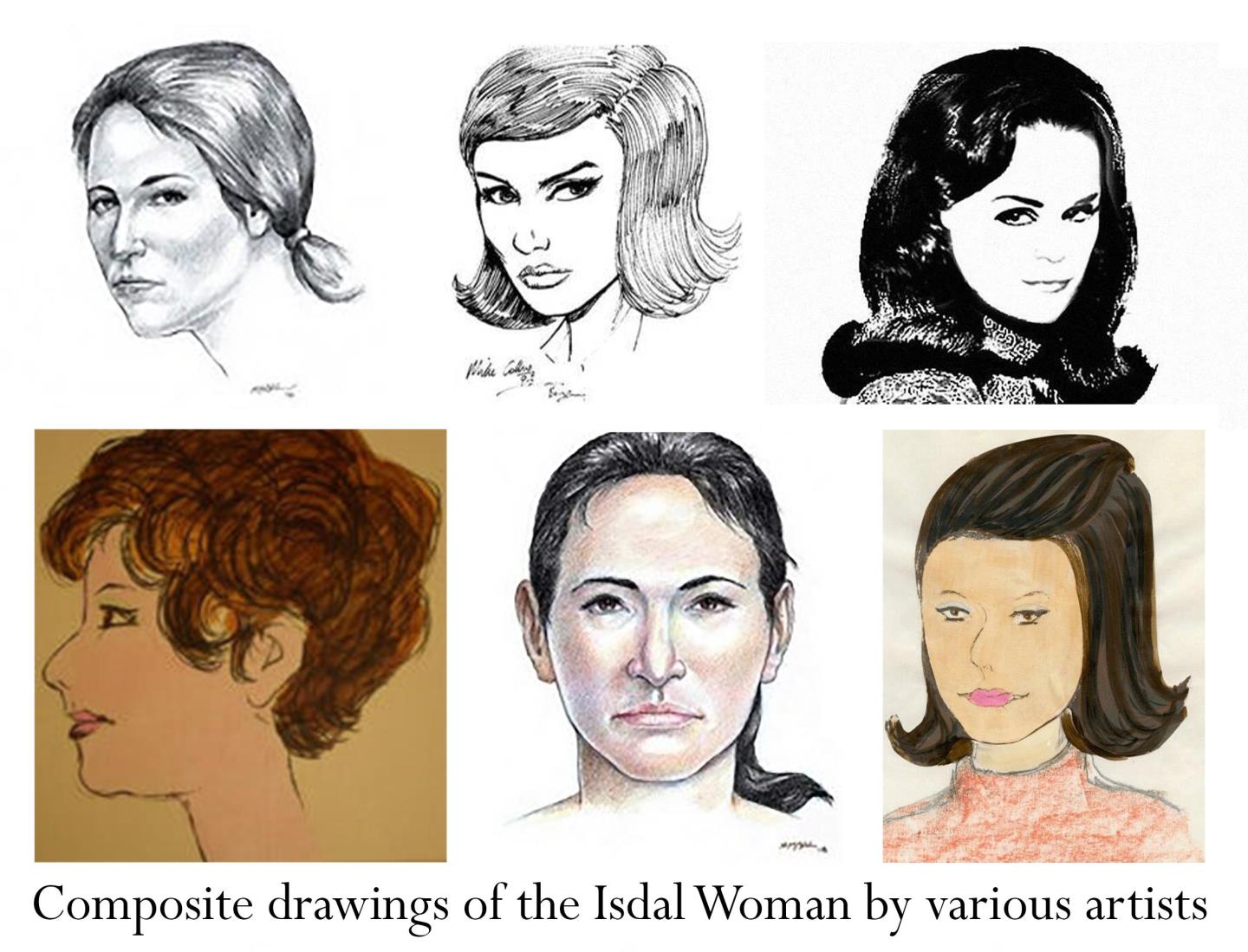A north forensic artist has applied his skills in a bid to solve a 50-year-old alleged murder in Norway.
Hew Morrison, who hails from Inverness, has helped create a realistic facial depiction of the unidentified woman based on police sketches and dental records.
He has been aided by gaining access to original and unreleased crime scene photographs from journalists who have followed the case.
Mr Morrison’s work has been used numerous times before to try to solve mysteries across the globe.
He has even produced facial depictions of Bonnie Prince Charlie and a 4,250-year-old Caithness woman.
Mystery has haunted Norway for more than 50-years
The mystery surrounding Isdal Woman – the name given to the anonymous victim – has haunted Norway for more than 50 years.
A man and his two young daughters, who were hiking along Isdalen Valley close to Bergen, discovered the body on November 29, 1970.
The corpse had been set alight.
Jewellery, a watch and sleeping tablets were found at the scene, alongside bottles that were alleged to smell like petrol.
Bizarrely, the jewellery was not found on the woman, but instead scattered around her body.
Autopsy reports determined the woman died from Phenobarbital and carbon-monoxide poisoning, also uncovering that she had consumed more than 50 pills.
It was further established there were particles of smoke in her lungs, meaning she was alive when her body was set on fire.
Identifying features removed
Identifying the woman proved to be extremely difficult.
All labels had been cut off her clothing and filed off her possessions. Her fingerprints had even been sanded away.
She was estimated to be between 25 and 40-years-old and 5ft4-5in tall, with long brownish-black hair and brown eyes.
Suitcases belonging to the woman were uncovered at a nearby rail station. But to add more mystery to her identity, they contained several wigs among other items.
Witnesses who claim to have seen the woman said she wore different wigs and would speak in different languages.
She would also use different identities and request a change of hotel room after one night.
This led many to believe that, as her death occurred during the Cold War, the woman was a spy gathering intelligence.
Death ruled as suicide
Investigators concluded her death was by suicide. However, some experts still refute this.
The remote spot where her body was found, and the method of her death, are often grounds for the challenge.
To this day, the woman’s identity and reason for her death remain unknown.
Now, Mr Morrison has created the facial depiction in a bid to bring the mystery to a close.
Mr Morrison said the original crime scene photographs were “quite unpleasant and graphic in nature”.
He said, however, that they allowed for a good idea of the woman’s facial features.
‘Not impossible’ that mystery may be solved
Mr Morrison said he believes it is not impossible that somebody may recognise the woman, despite half a century passing.
He said: “I have read about the various theories as to who she possibly was.
“I find it all very interesting, the mystery of it all is what initially drew me to the story.
“However, once I began to work on recreating her face, I put all of that completely to the side so as to focus solely on attempting to give her back her identity.
“By studying the statements closely, along with the various sketches that were produced of her by different artists over the years, similarities began to build up.
“The process requires a lot of concentration and a massive amount of attention to detail in order to create accurate results.
“It has indeed been a very long time, but it is not impossible that somebody who knew her may recognise her from the images or speak up about what happened to her because of a guilty conscience.”
‘Nobody should be left unidentified and without a name’
Mr Morrison added: “It is extremely important to me that nobody should be left unidentified and without a name – no matter how much time has passed.
“There is always the possibility that someone is still looking for them.
“That is why I took on this task.
“I hope that this woman will finally be identified, returned to any living relatives and be properly laid to rest.”


